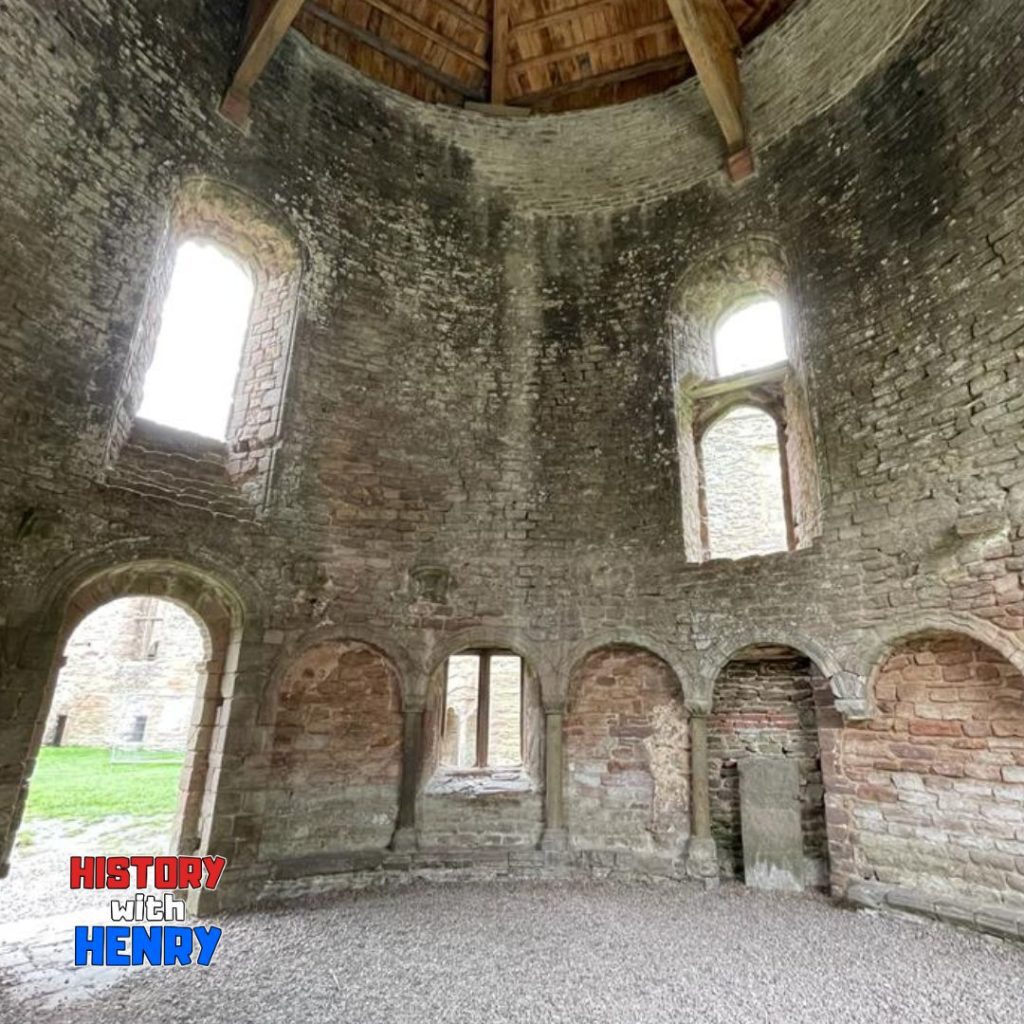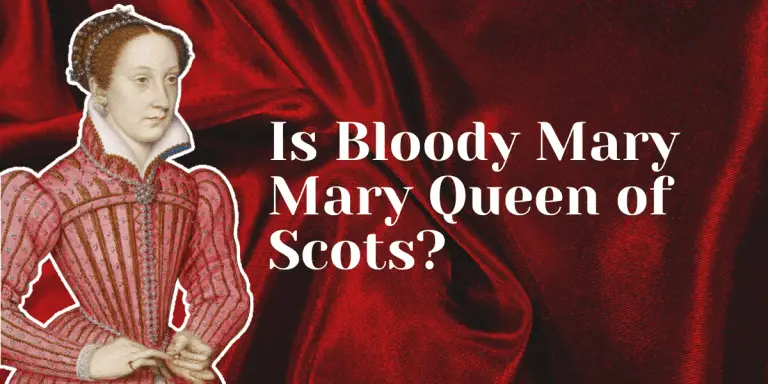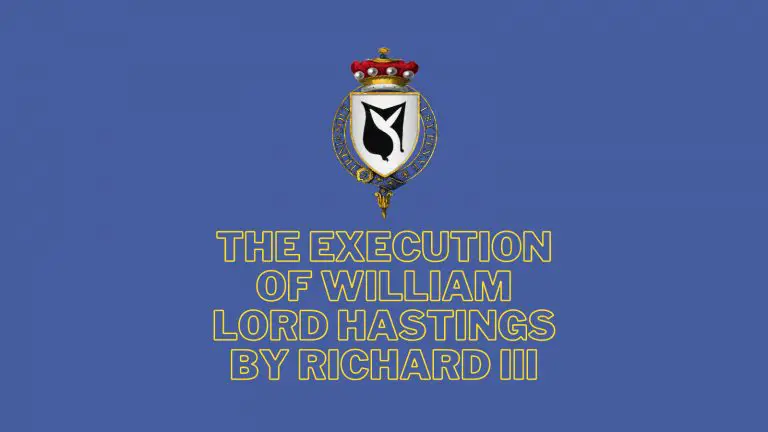The Knights Templar Chapel at Ludlow Castle
Ludlow Castle is renowned for several reasons, not least for being the medieval seat of the Prince of Wales. Edward IV, Edward V, Prince Arthur Tudor and Mary I spent significant time here.
Indeed, it was here that Prince Arthur met his untimely end, likely from the sweating sickness, shortly after marrying his young bride, Catherine of Aragon.
However, the castle’s history stretches back even further. It was constructed by Roger de Lacy between 1066 and 1085.
Located within the Inner Bailey is a circular structure that initially resembles a tower, complete with ramparts on the roof.
But contrary to appearances, this is not a defensive structure. In reality, it is a 12th-century chapel, and there are strong indications that it was constructed for the use of the Knights Templar.
Who were the Knights Templar?
The Knights Templar, officially the Poor Fellow-Soldiers of Christ and of the Temple of Solomon, were a medieval Christian military order founded around 1119. Known for their distinctive white mantles adorned with a red cross, these warrior monks played a pivotal role during the Crusades, protecting Christian pilgrims journeying to the Holy Land. Their organization developed into a complex military and financial infrastructure, gaining substantial wealth and influence. This proved to be their demise, and their downfall, masterminded by the King of France, was swift and brutal. However, their legacy persists in numerous myths and legends.
The Chapel of Saint Mary Magdalene, Ludlow Castle
This structure is known as the Chapel of Saint Mary Magdalene. The Templars have a close affiliation with Mary Magdalene. It was probably built by Gilbert de Lacy, who gave several properties to the Knights Templar. Around 1158 he became a templar and fought in the Crusades.

This circular structure is highly unusual in castles, with only three others known at Castle Rising, Hereford and Pevensey.
Several elements suggest this was a Templar chapel.
First off, this circular design. The most famous Templar chapel in England is Temple Church in London, which also features a circular nave. The Templars were known to model their churches and chapels after the Church of the Holy Sepulchre in Jerusalem, the site where Christ was purportedly crucified and buried.
Another telling detail is two templar crosses etched into the stonework, though you’ll need an eagle eye to spot them.
Upon entering the chapel, you’ll notice 13 arches, each originally containing a seat. At first glance, you might think there are actually 14 arches and, consequently, 14 seats. However, if you inspect one of the arches closely, you’ll see that it has been bricked up. This arch led to a different part of the chapel, which has since been demolished.

The number 13 is associated with the templars. However, the idea that there were always 13 seats in Templar chapels is not a universally agreed upon fact, and many believe it might be a part of the various myths and legends surrounding the Templars. Templar churches and chapels varied widely in size. Many of these structures have been lost to history, and documentation about their specific features, such as the number of seats, is not always available or accurate. Therefore, the concept of 13 seats in Templar chapels might be more legend than fact.
If you raise your gaze upwards, you will notice the remnants of what was once a second floor. This was where the Council of the Marches worshipped during the Tudor era. Of course, by this point in time, the Templar order had long since been dissolved, and the chapel was now in general use.
Templar activity was not unusual around Shropshire. There is a series of caves called the Caynton Caves hidden in woodland her Shifnal that have been associated with the Templars. However, this link is not definite.







